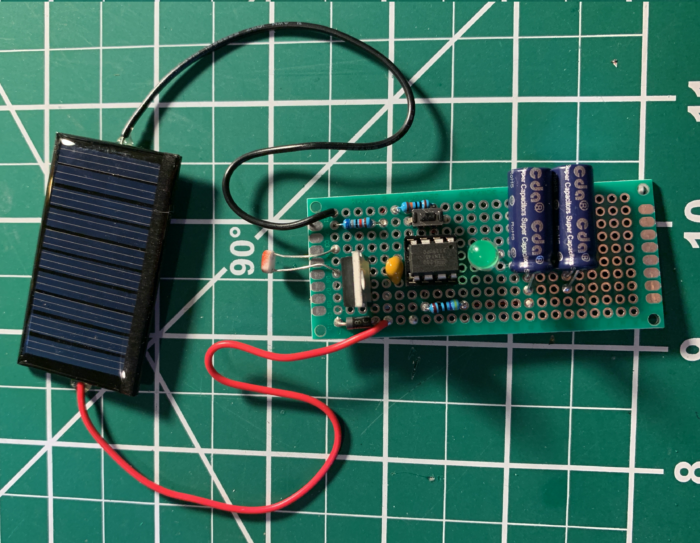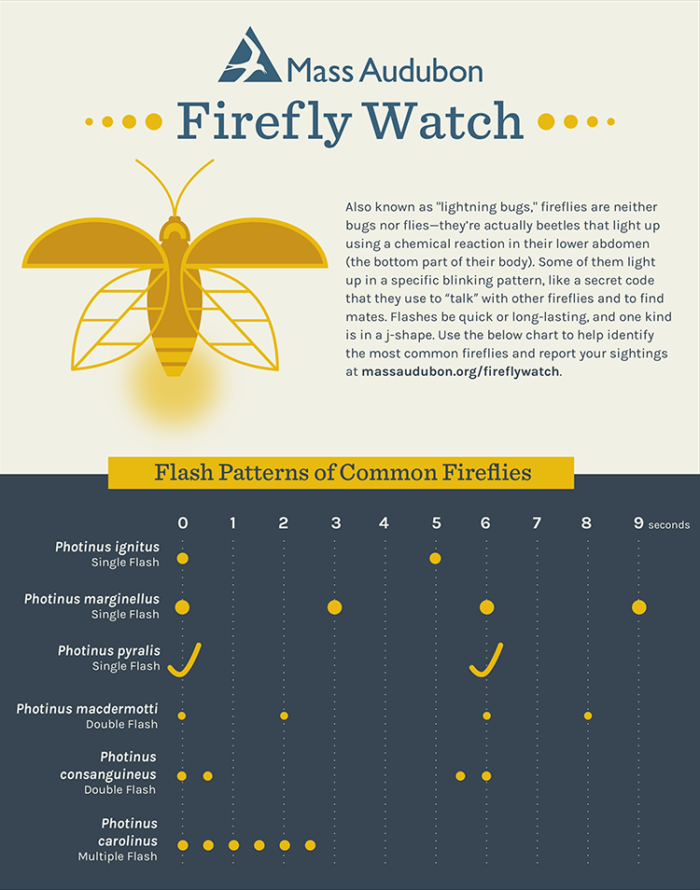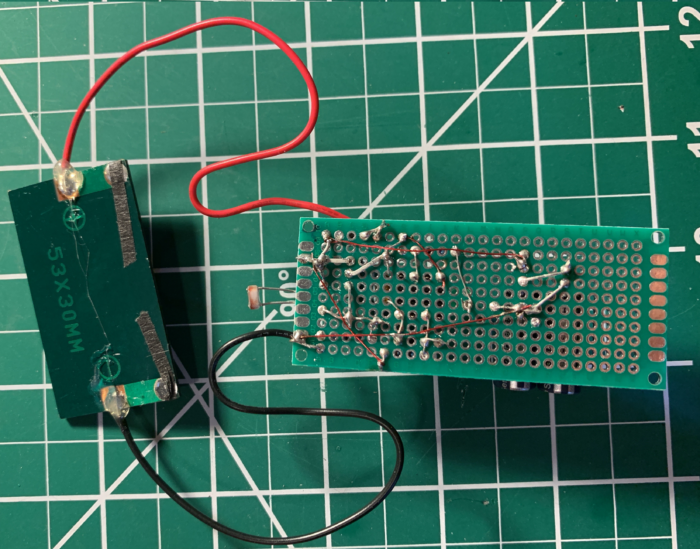My latest challenge project was selected already last year when I set the challenge. As this had to do with fireflies, I knew I had to have it ready for early June, when they’d be all over the place, doing the flashing they’ve been doing for millions of years.
Needless to say, I’ve been waiting to do this for a long time.
Though, by the time I finally got to this project, I had wizened up in terms of what I can do in the one month I had, including all the logistical constraints due to some things going on in my life.
I had originally wanted to make a fancy PCB, inspired by Boldport bugs (tho with no expectation of being anywhere as brilliant haha). But I realized that I didn’t really have the unbroken time to do a design. And then there’s the crazy chipocalypse of parts shortages and price hikes. Also, a comment on being thoughtful when making physical devices, made me, well, be thoughtful regarding this project. And, lastly, a recent project spiked my component buying burn rate, so I’ve been trying to do my projects with as many components from my stash as possible (c’mon, constraints can be liberating for creativity).
With all that, I decided to build this with what I had on hand. I did eventually buy some parts: a super capacitor and a solar panel, tho they were well below my usual project budget (in other words, helped get my average monthly expenditure down).
The build
Since this is the ultimate blinky project, the key component is an LED (green). I wasn’t sure what the local blink pattern would be, so I programmed a trusty ATtiny45 (undervalued in an world of ATtiny85 snobbery) with multiple blink patterns (see image right), and connected a momentary button to switch between blink patterns (state remembered between power-downs via EEPROM).
For power, I realized that I didn’t want to use a CR2032, so I hopped on Amazon and purchased a 5V solar panel and some super capacitors.
An aside on buying components on Amazon
Normally, I try to support my favorite vendors or smaller vendors I encounter – anything to avoid Amazon. Not only that, when I go to other vendors, I buy the number of components I need. Usually, when buying at Amazon, even when the per part price is cheaper, you end up getting more of them than you need. I can’t count the number of times I got a ton of extra LEDs, LDRs, header pins, resistors I didn’t want, but that were shoved into the purchase.*
So, to get one solar panel and two caps, I got eight more caps, and nine more panels. Ok, I partly thought I’d be making a few copies, but stopped at one. Now I have even more extra components around.
Back to the build – many firsts
I had been wanting to make a project with solar panels and super capacitors for the longest time. As the project would be out on multiple nights, I figured it was perfect for a solar panel to charge some caps, which would then discharge during the night, to be recharged in the morning.
I had a Schottky diode to make sure the solar panels wouldn’t suck charge from the cap at night. I could not find a 5V-ish super cap, nor a super cap with significant charge (F). To get the voltage up, I put two 2.7V/3.3F super caps in series, which gave me 5.4V but 1.65F (that’s how it works out). The voltage of the super caps in series was actually what I needed, as you charge them 10-20% below their total V (or that’s what I read). I could put two pairs in parallel to get back up to 3.3F, but 1.65F was more than enough.
As I kinda wanted this to be off by day and blink by night, I wanted to make a light sensing circuit. To do this I used a CdS light detecting resistor and a PNP MOSFET as a high-side switch to power or not the ATtiny. I had just built a high-side MOSFET- and LDR-driven switch that also had an NPN transistor (off when dark), inspired by having to do the high-side switch for this build. Doing these high-side transistor switches was a first for me.
Another first for me, I didn’t program the blinks with the usual delay() nor with millis(), both which would keep the chip powered on. I wanted to stretch the power by sleeping the ATtiny as much as possible. I found a good article that set me on my way to using the watchdog timer to sleep the chip during the pauses in the blink. Also, the button press to select blink patterns was also an interrupt, so the sleep intervals were not holding the chip hostage, as using the delay() would have. In the end these techniques economize power (or so I think) by spending more time asleep than on.
That completes the circuit. I threw in a 0.1µF cap on the ATtiny. Because. And mounted the ATtiny in a DIP socket, so that I could pull it out to program.
Origami-ish
I sure wish I knew how to lay out a circuit for a protoboard in KiCAD. I’ve seen lots of hacks, but I’m surprised there isn’t any KiCAD plug-in for this.
In any case, I dove into the origami of twisting and connecting the components on the protoboard. Nerve-racking, but actually a fun chestnut to crack (a multi-meter helps).
There were some connections I bridged with lacquered winding wire (I so like using it for bodges, once I got the hang of it).
You can image how pleased I was when this assembly worked on the first try.
In the field
The whole point of the project was to put it out at night and attract fireflies.
The first night I finally saw fireflies, the blink pattern was NOT any of the ones I had. I had to then program the flash I saw (three quick pulses) and then put the contraption back out in the night.
OK, so it charged well by day. Blinked when the night came. But I think these particular fireflies prefer to be up in the trees, which is where they all were. I’m used to fireflies that hang out in the grass. So I suspect the hot-to-trot fireflies in the treetops were looking down and wondering why there was one in the wrong place missing all the action. Haha.
Alas, I really didn’t have luck attracting them. Though last night there were a few fireflies that came down near my contraption, flying around or down on the grass below the deck banister I had the contraption on.
Nonetheless, this was a fun build. Got me out at night to marvel at the fireflies and their biology.** And learn a few new things about electronics (especially that I need to learn the math around transistors).
Oh, and I happened to complete this challenge project on time!
*Well, extra LEDs actually led to this crazy thing
**In high school we actually did the chemical reaction for the bioluminescence – what a nerd!


